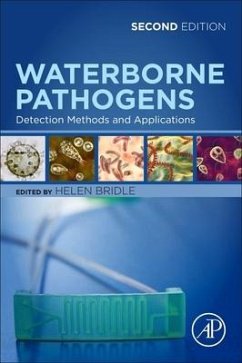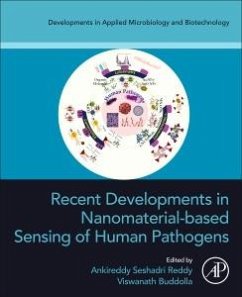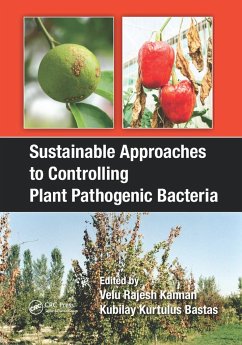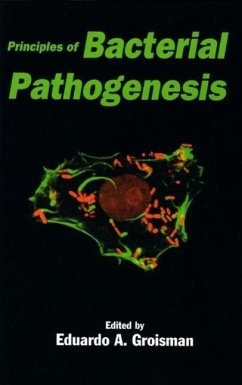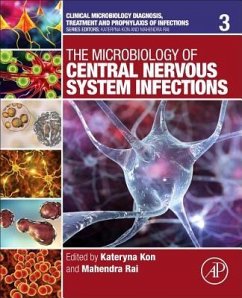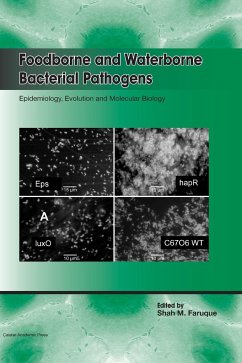
Foodborne and Waterborne Bacterial Pathogens
Epidemiology, Evolution and Molecular Biology
Herausgeber: Faruque, Shah M
Versandkostenfrei!
Versandfertig in 1-2 Wochen
223,99 €
inkl. MwSt.

PAYBACK Punkte
112 °P sammeln!
Food- and waterborne pathogens continue to be a major cause of mortality in developing countries and cause significant morbidity in developed nations. Important pathogens include species or strains of Salmonella, Vibrio, Shigella, Escherichia coli, Yersinia, Staphylococcusand Campylobacter. Understanding the molecular basis of pathogenesis, its evolution and spread is critical to the development of new strategies for disease prevention and control. The application of genomic and other omics technologies in recent years has led to a deluge of information in this area, making it difficult for th...
Food- and waterborne pathogens continue to be a major cause of mortality in developing countries and cause significant morbidity in developed nations. Important pathogens include species or strains of Salmonella, Vibrio, Shigella, Escherichia coli, Yersinia, Staphylococcusand Campylobacter. Understanding the molecular basis of pathogenesis, its evolution and spread is critical to the development of new strategies for disease prevention and control. The application of genomic and other omics technologies in recent years has led to a deluge of information in this area, making it difficult for the busy researcher to keep abreast of developments. This timely book aims to capture the essence of the latest developments to provide a timely overview of the field. Written by leading bacteriologists, chapters cover all the important bacteria and review topics such as pathogenic properties, population genetics, virulence genes, evolution, drug resistance, epidemiology, detection, identification and control strategies. Other topics include the molecular basis for enhanced transmissibility of waterborne pathogens, their mode of survival in the environment, and the evolution of new species with increased fitness both as pathogens and environmental organisms. Essential reading for microbiologists working with these and related pathogens.



